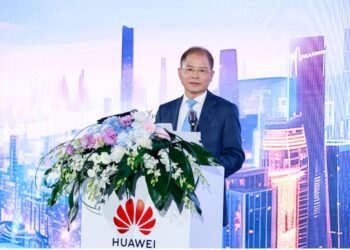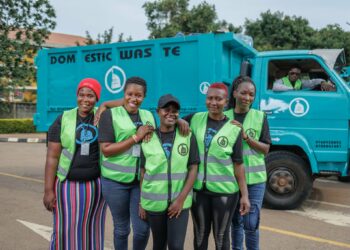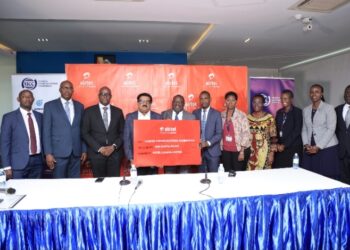By Ison Rocky A
The 31st of October is celebrated as World Cities Day. It is an opportunity to raise awareness of the trends and consequences of increasing urbanization and the challenges and opportunities urbanization brings to sustainable development. It is also a chance to promote best practices, new ideas and partnerships between cities and different stakeholders.
According to a report released by UN in May, today 55% of the world’s population lives in urban areas, a proportion that is expected to increase to 68% by 2050, with 90% of this increase taking place in Asia and Africa. An earlier report by the organization also projected that Africa and Asia together will account for 86 per cent of growth in the world’s urban population over the next 4 decades.
As the human population gradually shifts from rural to urban areas, this unprecedented increase has already posed new challenges in terms of jobs, housing, and transportation. Citiesare findingit increasingly complex to effectively manage the city and provide good services to citizens at the same time.
With the development of information and communication technologies (ICT), the “Smart City” concept is emerging as a critical phenomenon in urban development. Using various ICT or innovative solutions, the Smart City integrates the city’s constituent systems and services to enhance the efficiency of resource allocation and utilization, optimize urban management and services, and improve the quality of life of citizens.
Smart cities can be likened to a living organism with a “nervous system”(the network and sensors), connecting its “brain” (the control center) with “limbs and organs” (departments and institutions), enhancing the city’s management and services. In this process, ICT solutions canplay a critical role in connecting the digital and physical worlds across city administration, public services, and industries. Using new ICT including cloud computing, Big Data, Internet of Things (IoT), and Artificial Intelligence (AI), these solutions drive unified coordination, cross-sector collaboration, and intelligent analysis for effective management of city services.
In some parts of Africa, due to low fertility of African soils, before planting corns, beans or cassavas, people usually need to fertilize the soil. Similarly, if we want to see more applications that make cities smarter, we need to lay the foundation for them to “grow”. Huawei believes that connectivity brought by ICT infrastructure including mobile networks and fiber is the “soil”, which provides the fertile ground for important value-adding “crops”, which in this case are applications and services including Public Safety, E-government, E-education, E-health, E-agriculture and so on. We must keep enhancing the ICT infrastructure so that ICT services and applications can be more available, accessible and affordable to every ordinary citizen, and that these applications can enable theimprovement of livelihoods, ease of doing business, and increase productivity.
How can we make cities smarter to better meet the needs of their growing urban populations for housing, transportation, energy systems and other infrastructure, as well as for employment and basic services such as education and health care?
First, the construction of smart cities is a giant system that interacts across systems and is a “system of systems”. It requires coordination across departments through the overall strategy and design, including setting goals, priorities, and implementation paths. This is essential rather than optional to ensure the system is designed in ways that are user-friendly, with appropriate technologies, and can be maintained, integrated with other systems and upgraded over time to be sustainable.
Second, taking a two-step approach starting with Public Safety and then moving to other aspects of the Smart City. According to Maslow’s hierarchy of needs, safety and security together with food and water are basic needs for all human beings. For a country and its cells, “Cities”, there is also Maslow-like hierarchy of digital needs. Ensuring security is a basic requirement for a country or a city. It lays a solid foundation for a competitive nation and a dynamic city.
Building Sustainable and Resilient Cities, the theme for World Cities Day 2018, is a callto action for all of us to rethink how cities may become better places to protect andenhance people’s lives, leaving no one behind.By making cites safer and smarter, ICT actually increases cities’ attractiveness. A report launched recently by UN Habitat (‘The State of African Cities 2018: The geography of African Investment’) indicates that ICT and investment in African cities correlated to each other closely. The reporthighlights that improving ICT infrastructure is critical to attracting FDI, whilst the ICT industry itself is also a crucial sector for FDI, since it offers the highest growth rates and highest number of direct jobs along with manufacturing, and that the two are closely linked.
A lesson from the development of China, a country that fast forward 40 years and has become the world’s second largest economy from one of the poorest, is that problems can be solved in the process of development.With the help of technologies and innovations, we can solve common problems facing cities such as traffic congestion, high unemployment,crime, and environmental degradation by making cities safer and smarter.
Do you have a story in your community or an opinion to share with us: Email us at editorial@watchdoguganda.com








